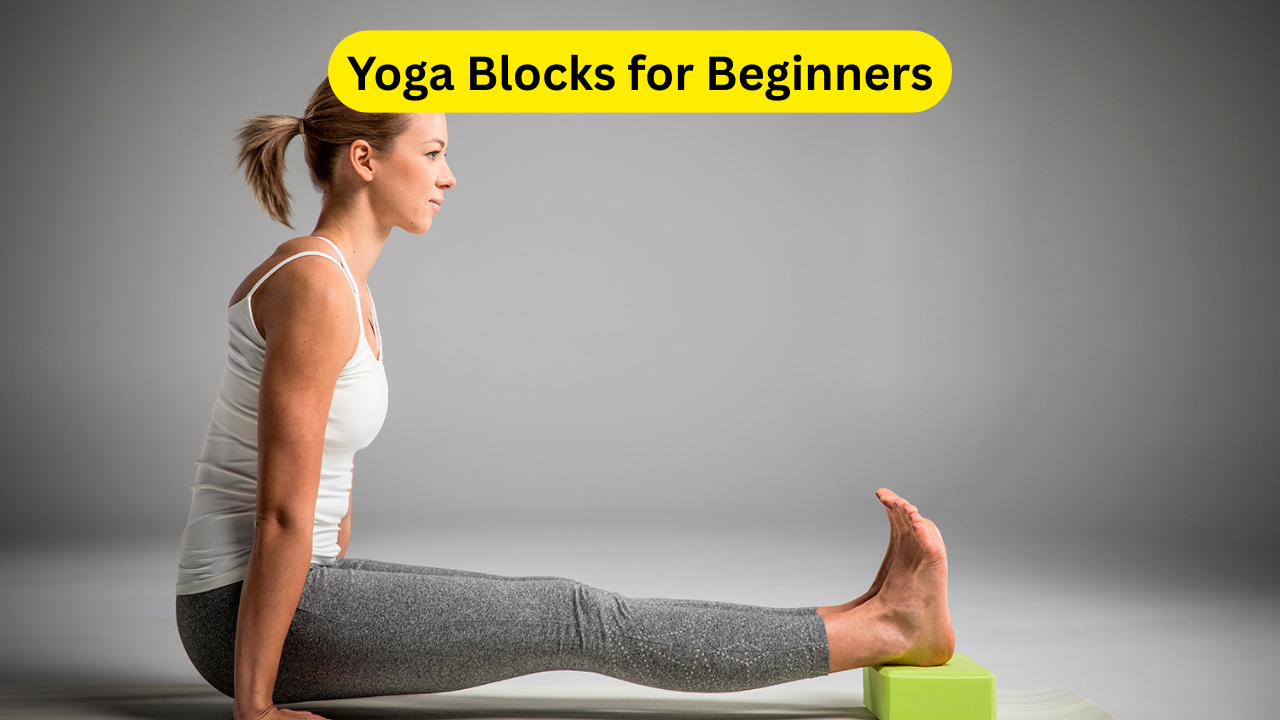Yoga Nidra Benefits Confirmed: Yoga Nidra, a form of guided meditation often referred to as “yogic sleep,” has long been celebrated for its ability to promote deep relaxation and mental well-being. Now, groundbreaking research by Indian scientists has provided scientific evidence to support these claims. Using functional MRI (fMRI) scans, researchers from IIT Delhi, AIIMS Delhi, and Mahajan Imaging have uncovered how Yoga Nidra affects the brain, revealing unique neural mechanisms that allow practitioners to remain deeply relaxed yet fully aware. This study, published in the international journal Scientific Reports, marks a significant step in understanding the science behind this ancient practice.
The study focused on experienced meditators, comparing their brain activity to that of novices during Yoga Nidra sessions. The findings highlighted a distinct pattern in the brain’s Default Mode Network (DMN), a collection of interconnected regions active when the mind is at rest. In experienced practitioners, the DMN showed reduced connectivity, a phenomenon that promotes deep relaxation while maintaining consciousness. This discovery not only validates the mental health benefits of Yoga Nidra but also provides a scientific framework for its effects on the brain.
The research also revealed that during Yoga Nidra, specific brain regions associated with language processing, movement, emotion, and sleep regulation become active. These findings suggest that Yoga Nidra is more than just a relaxation technique—it is a powerful tool for enhancing emotional balance and mental clarity. As stress and anxiety continue to rise globally, this study offers hope for those seeking natural, evidence-based methods to improve their mental health.
Click here: Cucumber-Dill Ricotta Snack Jar: High-Protein Snacks for Weight Loss
Understanding Yoga Nidra and Its Origins
What is Yoga Nidra?
Yoga Nidra, often called “yogic sleep,” is a guided meditation practice that induces a state of deep relaxation while keeping the practitioner awake. Originating from ancient yogic traditions, it is designed to help individuals achieve a state of conscious rest, allowing the body to heal and the mind to rejuvenate. Unlike traditional meditation, Yoga Nidra is typically practiced lying down, making it accessible to people of all ages and fitness levels.
The Science Behind Yoga Nidra
The recent study by Indian researchers utilized fMRI scans to observe brain activity during Yoga Nidra. This advanced imaging technique allowed scientists to track changes in blood flow and neural connectivity in real-time, providing unprecedented insights into how the practice affects the brain. The findings shed light on the unique neural mechanisms that enable practitioners to achieve a state of restful awareness.
Findings from the Brain Scan Study
The Role of the Default Mode Network (DMN)
The DMN is a network of brain regions that becomes active when the mind is at rest, such as during daydreaming or mind-wandering. In experienced Yoga Nidra practitioners, the study found reduced connectivity within the DMN, which correlates with a state of deep relaxation. This reduced connectivity allows the brain to enter a restful state while maintaining awareness, a hallmark of Yoga Nidra.
Activation of Emotion and Sleep-Related Brain Regions
The fMRI scans revealed that during Yoga Nidra, brain regions associated with emotion processing and the Thalamus—a key player in sleep regulation—became active. This suggests that Yoga Nidra not only promotes relaxation but also helps regulate emotions and improve sleep quality. These findings align with anecdotal evidence from practitioners who report reduced stress and better emotional balance after regular practice.
Differences Between Experienced Practitioners and Novices
The study compared brain activity in experienced meditators to that of novices, revealing significant differences in DMN connectivity. Experienced practitioners showed a more pronounced reduction in DMN activity, indicating a deeper state of relaxation. This highlights the importance of consistent practice in maximizing the benefits of Yoga Nidra.
Benefits of Yoga Nidra for Mental Health
Stress Reduction and Relaxation
One of the most well-documented benefits of Yoga Nidra is its ability to reduce stress. By promoting deep relaxation, the practice helps lower cortisol levels, the body’s primary stress hormone. This makes it an effective tool for managing anxiety and improving overall mental well-being.
Improved Emotional Regulation
The activation of emotion-processing brain regions during Yoga Nidra suggests that the practice can help individuals better manage their emotions. This is particularly beneficial for those dealing with mood disorders, trauma, or chronic stress.
Enhanced Sleep Quality
The involvement of the Thalamus in Yoga Nidra indicates that the practice may improve sleep quality. By regulating sleep-related brain activity, Yoga Nidra can help individuals achieve more restful and restorative sleep.
How to Incorporate Yoga Nidra into Your Routine

Getting Started with Yoga Nidra
Yoga Nidra is accessible to everyone, regardless of experience level. Beginners can start with guided sessions available online or through meditation apps. It is recommended to practice in a quiet, comfortable space, lying down with a blanket for added comfort.
Tips for Consistent Practice
To reap the full benefits of Yoga Nidra, consistency is key. Aim to practice for 20-30 minutes daily, preferably at the same time each day. Over time, you may notice improvements in relaxation, emotional balance, and sleep quality.
Also read: Maruti Suzuki Jimny Ownership Experience: 15,000 km Milestone Review
Yoga Nidra Benefits Confirmed Conclusion
The groundbreaking research on Yoga Nidra using fMRI scans has provided scientific validation for its profound mental health benefits. By uncovering the unique neural mechanisms that allow practitioners to achieve a state of deep relaxation while remaining aware, this study bridges the gap between ancient wisdom and modern science. The findings highlight how Yoga Nidra reduces connectivity in the brain’s Default Mode Network (DMN), promoting restful awareness, and activates regions associated with emotion processing and sleep regulation. This makes it a powerful tool for managing stress, improving emotional balance, and enhancing overall well-being.
As stress and anxiety continue to rise globally, Yoga Nidra offers a natural, accessible, and evidence-based solution. Unlike other relaxation techniques, it requires no prior experience or physical fitness, making it suitable for people of all ages and backgrounds. Whether you’re a busy professional, a student, or someone dealing with chronic stress, incorporating Yoga Nidra into your daily routine can lead to significant improvements in mental and emotional health.
The study also emphasizes the importance of consistent practice. Experienced meditators showed more pronounced changes in brain activity compared to novices, underscoring the value of regular engagement with the practice. By dedicating just 20-30 minutes a day to Yoga Nidra, individuals can unlock its transformative benefits and experience a greater sense of peace and clarity.
Furthermore, this research opens the door for future studies to explore the long-term effects of Yoga Nidra on mental health. As scientists continue to investigate its impact on the brain, we can expect to gain even deeper insights into how this ancient practice can support modern mental health needs. This could lead to its integration into therapeutic settings, offering a complementary approach to traditional treatments for stress, anxiety, and mood disorders.
In a world where mental health challenges are increasingly prevalent, Yoga Nidra stands out as a beacon of hope. Its ability to promote deep relaxation, emotional balance, and restorative sleep makes it a valuable practice for anyone seeking to improve their quality of life. By embracing Yoga Nidra, we can harness the power of our minds to cultivate resilience, peace, and well-being in the face of life’s challenges.
Yoga Nidra Benefits Confirmed FAQs
1. What is Yoga Nidra, and how is it different from regular meditation?
Yoga Nidra, often referred to as “yogic sleep,” is a guided meditation practice that induces a state of deep relaxation while keeping the practitioner awake. Unlike traditional meditation, which typically involves sitting upright and focusing on the breath or a mantra, Yoga Nidra is practiced lying down and follows a structured script. This makes it easier for beginners to achieve a state of relaxation and awareness without the need for extensive training or experience.
2. How does Yoga Nidra affect the brain?
Yoga Nidra reduces connectivity in the brain’s Default Mode Network (DMN), which is active during restful states like daydreaming. This reduction promotes deep relaxation while maintaining awareness. Additionally, the practice activates brain regions involved in emotion processing and sleep regulation, such as the Thalamus. These changes help reduce stress, improve emotional balance, and enhance sleep quality.
3. Can beginners practice Yoga Nidra?
Absolutely! Yoga Nidra is one of the most accessible forms of meditation, making it ideal for beginners. It requires no prior experience or physical fitness. All you need is a quiet space, a comfortable surface to lie on, and a guided session, which can be found online or through meditation apps.
4. How often should I practice Yoga Nidra to see benefits?
For optimal results, aim to practice Yoga Nidra for 20-30 minutes daily. Consistency is key to experiencing its full benefits, such as reduced stress, improved emotional regulation, and better sleep quality. Over time, you may notice a significant improvement in your overall mental and emotional well-being.
5. Is Yoga Nidra effective for stress and anxiety?
Yes, Yoga Nidra is highly effective for managing stress and anxiety. The practice promotes deep relaxation, lowers cortisol levels (the body’s primary stress hormone), and activates brain regions involved in emotion processing. Many practitioners report feeling calmer, more balanced, and better equipped to handle life’s challenges after regular sessions. Its ability to induce a state of restful awareness makes it a powerful tool for improving mental health.







